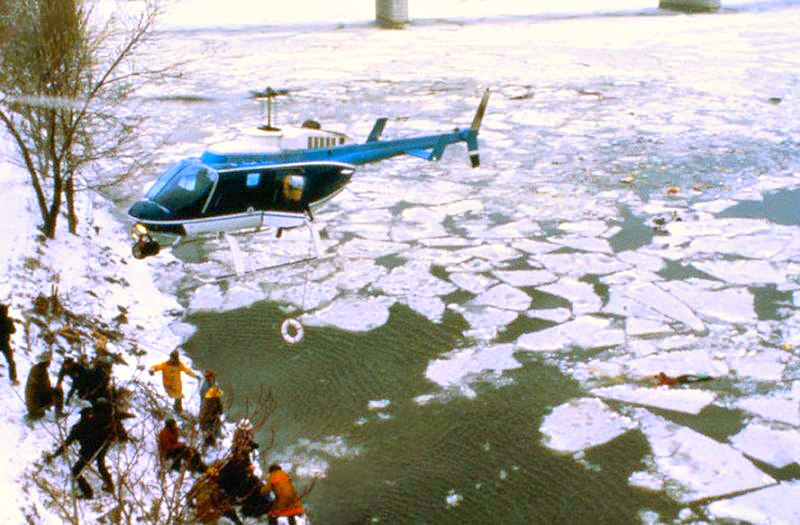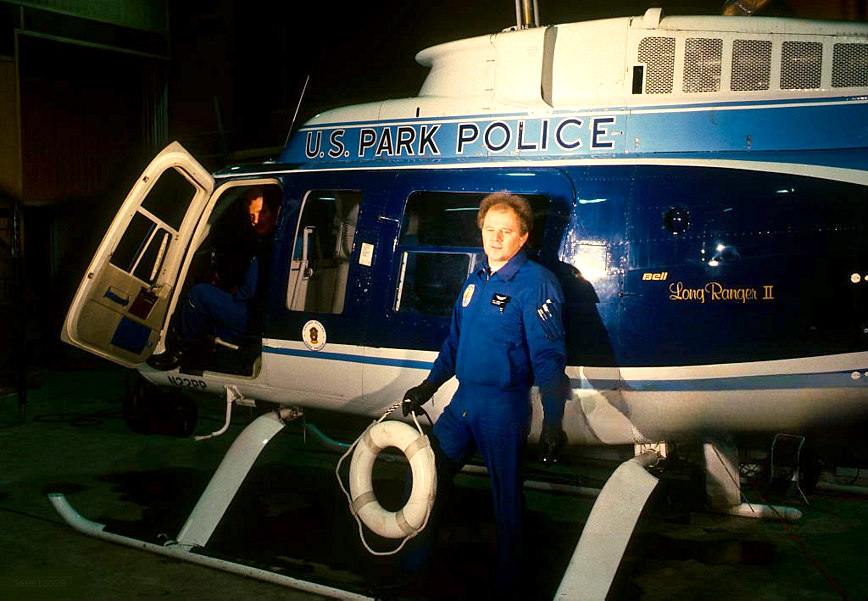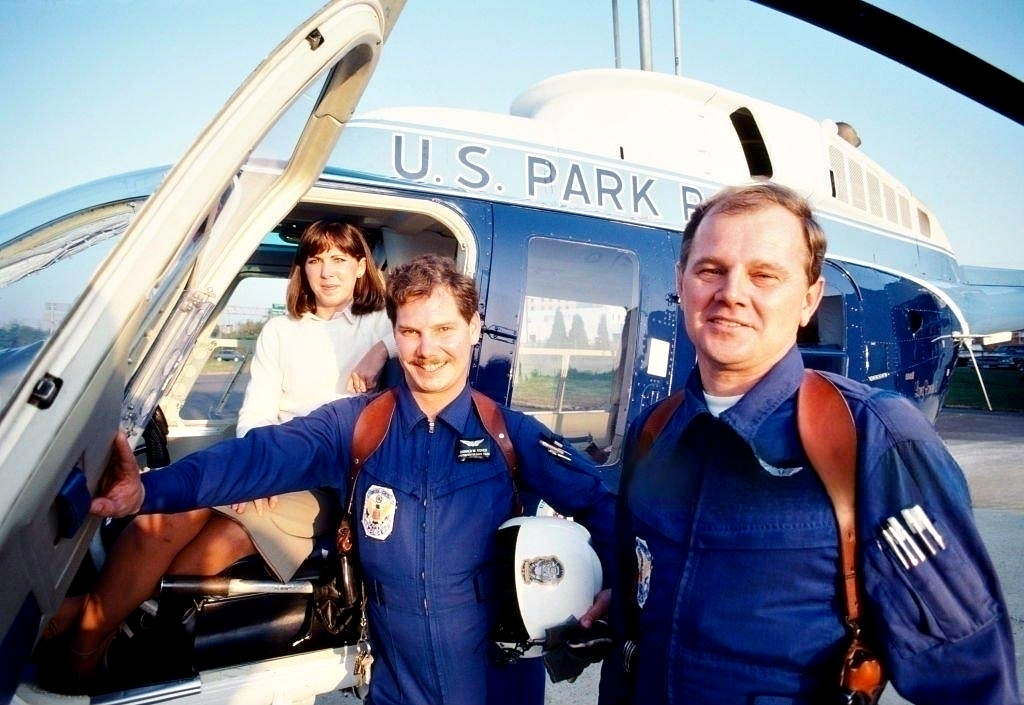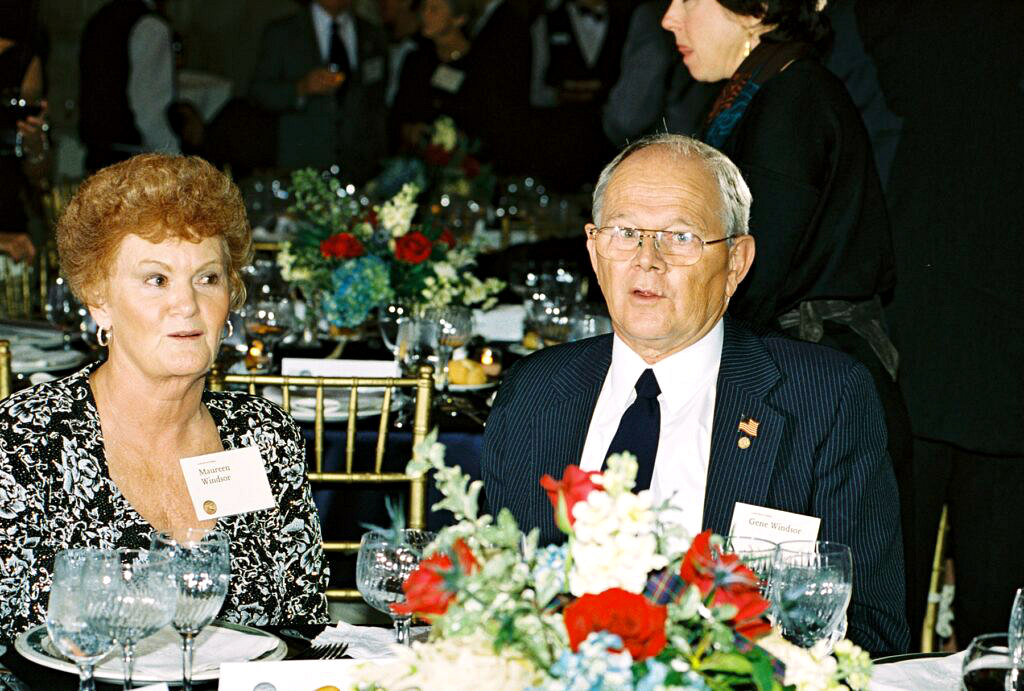Major Terence Murphy
~ ~ ~
http://www.telegraph.co.uk/news/obit...-obituary.html
~ ~ ~
Major Terence Murphy was a naval pilot whose spot of DIY with a machine gun led to the attack helicopter.
Major Terence Murphy, who has died aged 79, came up with the idea of a helicopter gunship and fought guerrillas in southern Africa before settling there.

Murphy led 45 Commando’s Air Troop when, in March 1966, it was brought in during the Aden Emergency (1963-67). The senior of three RM pilots, Murphy was lent to the Army Air Corps and used Army helicopters for training in both mountainous territory and desert conditions. One exercise involved a tricky landing among rocks overlooking Aden’s Crater. Only when safely landed did Murphy point out the iron grid where the local Parsi left their dead for flocks of vultures to feast on.
Once, flying at fairly low level over a desolate inland area in the unarmed Sioux helicopter, he saw a lone Arab on a hill raise his rifle and take aim. Feeling exposed, Murphy decided to fix a machine gun on the starboard side of the aircraft, allowing his pilots to fire back. Though attack helicopters were then in development in America, Murphy claimed that he was the first to arm helicopters in this way, and thus that he was the inventor of the modern attack helicopter.
Terence Patrick Murphy was born at Grimsby on August 27 1934 and educated at Belmont Abbey, Herefordshire. He was commissioned into the Royal Marines in 1953 and after two tours in 40 Commando, he volunteered for flying training .
He gained his wings in 1959, joining 806 Naval Air Squadron flying Seahawk jet fighters. The next year he made his first operational decklanding, on the fleet carrier Albion, becoming the first RM pilot to fly in a jet squadron.
When the concept was developed of the assault ship carrying helicopter-borne marines, Murphy volunteered again and in 1961 became one of the first assault helicopter pilots (known as “junglies”), joining 848 NAS in the commando carrier Bulwark.
After a tour on general duties in 43 Commando, he passed the instructors’ course at the RAF Central Flying School and joined the School of Army Aviation, where he became a helicopter instructor. He returned there following his service in Aden.
In 1966 Murphy attended Shrivenham for the General Staff Science course and then the Army Staff College, Camberley.
Two years later he reluctantly went to the MoD as a desk officer, remaining there for two years before moving to Singapore as a company commander in 42 Commando. A couple of years later he decided to return to England overland with his wife, driving through India and Pakistan, Afghanistan, Iran, Turkey and Greece.
In 1972 Murphy took command of 3 Commando Brigade Air Squadron (BAS), then considered to have a poor safety record. Two years later, at the end of his tour, the squadron won the Army Air Corps Flight Safety Trophy. He also set up annual mountain flying training at Saillagouse in the Pyrenees.
After leaving the Service in 1974, Murphy turned down an offer to become Aristotle Onassis’s personal pilot, and in August that year joined the Rhodesian Air Force, with which he flew during the closing years of the Rhodesian Bush War. After Zimbabwean Independence, he transferred to the South African Armed Forces, reaching the rank of colonel before retiring aged 61.
During the interregnum between the Afrikaner government and the election of President Nelson Mandela, Murphy was recalled to command a camp of 7,000 ANC guerrillas and to integrate them into the new South African Army. In this he was aided by Gilbert Ramano, head of the armed wing of the ANC, who later became Chief of the Army.
Murphy settled in Simon’s Town, Cape Province, where he enjoyed fishing and sailing. He married, in 1967, Brigitte Couët, who survives him with their three children.
Major Terence Murphy, who has died aged 79, came up with the idea of a helicopter gunship and fought guerrillas in southern Africa before settling there.

Murphy led 45 Commando’s Air Troop when, in March 1966, it was brought in during the Aden Emergency (1963-67). The senior of three RM pilots, Murphy was lent to the Army Air Corps and used Army helicopters for training in both mountainous territory and desert conditions. One exercise involved a tricky landing among rocks overlooking Aden’s Crater. Only when safely landed did Murphy point out the iron grid where the local Parsi left their dead for flocks of vultures to feast on.
Once, flying at fairly low level over a desolate inland area in the unarmed Sioux helicopter, he saw a lone Arab on a hill raise his rifle and take aim. Feeling exposed, Murphy decided to fix a machine gun on the starboard side of the aircraft, allowing his pilots to fire back. Though attack helicopters were then in development in America, Murphy claimed that he was the first to arm helicopters in this way, and thus that he was the inventor of the modern attack helicopter.
Terence Patrick Murphy was born at Grimsby on August 27 1934 and educated at Belmont Abbey, Herefordshire. He was commissioned into the Royal Marines in 1953 and after two tours in 40 Commando, he volunteered for flying training .
He gained his wings in 1959, joining 806 Naval Air Squadron flying Seahawk jet fighters. The next year he made his first operational decklanding, on the fleet carrier Albion, becoming the first RM pilot to fly in a jet squadron.
When the concept was developed of the assault ship carrying helicopter-borne marines, Murphy volunteered again and in 1961 became one of the first assault helicopter pilots (known as “junglies”), joining 848 NAS in the commando carrier Bulwark.
After a tour on general duties in 43 Commando, he passed the instructors’ course at the RAF Central Flying School and joined the School of Army Aviation, where he became a helicopter instructor. He returned there following his service in Aden.
In 1966 Murphy attended Shrivenham for the General Staff Science course and then the Army Staff College, Camberley.
Two years later he reluctantly went to the MoD as a desk officer, remaining there for two years before moving to Singapore as a company commander in 42 Commando. A couple of years later he decided to return to England overland with his wife, driving through India and Pakistan, Afghanistan, Iran, Turkey and Greece.
In 1972 Murphy took command of 3 Commando Brigade Air Squadron (BAS), then considered to have a poor safety record. Two years later, at the end of his tour, the squadron won the Army Air Corps Flight Safety Trophy. He also set up annual mountain flying training at Saillagouse in the Pyrenees.
After leaving the Service in 1974, Murphy turned down an offer to become Aristotle Onassis’s personal pilot, and in August that year joined the Rhodesian Air Force, with which he flew during the closing years of the Rhodesian Bush War. After Zimbabwean Independence, he transferred to the South African Armed Forces, reaching the rank of colonel before retiring aged 61.
During the interregnum between the Afrikaner government and the election of President Nelson Mandela, Murphy was recalled to command a camp of 7,000 ANC guerrillas and to integrate them into the new South African Army. In this he was aided by Gilbert Ramano, head of the armed wing of the ANC, who later became Chief of the Army.
Murphy settled in Simon’s Town, Cape Province, where he enjoyed fishing and sailing. He married, in 1967, Brigitte Couët, who survives him with their three children.













 Gene Windsor with wife Maureen at the Carnegie Heros Fund dinner in 2004
Gene Windsor with wife Maureen at the Carnegie Heros Fund dinner in 2004




Comment